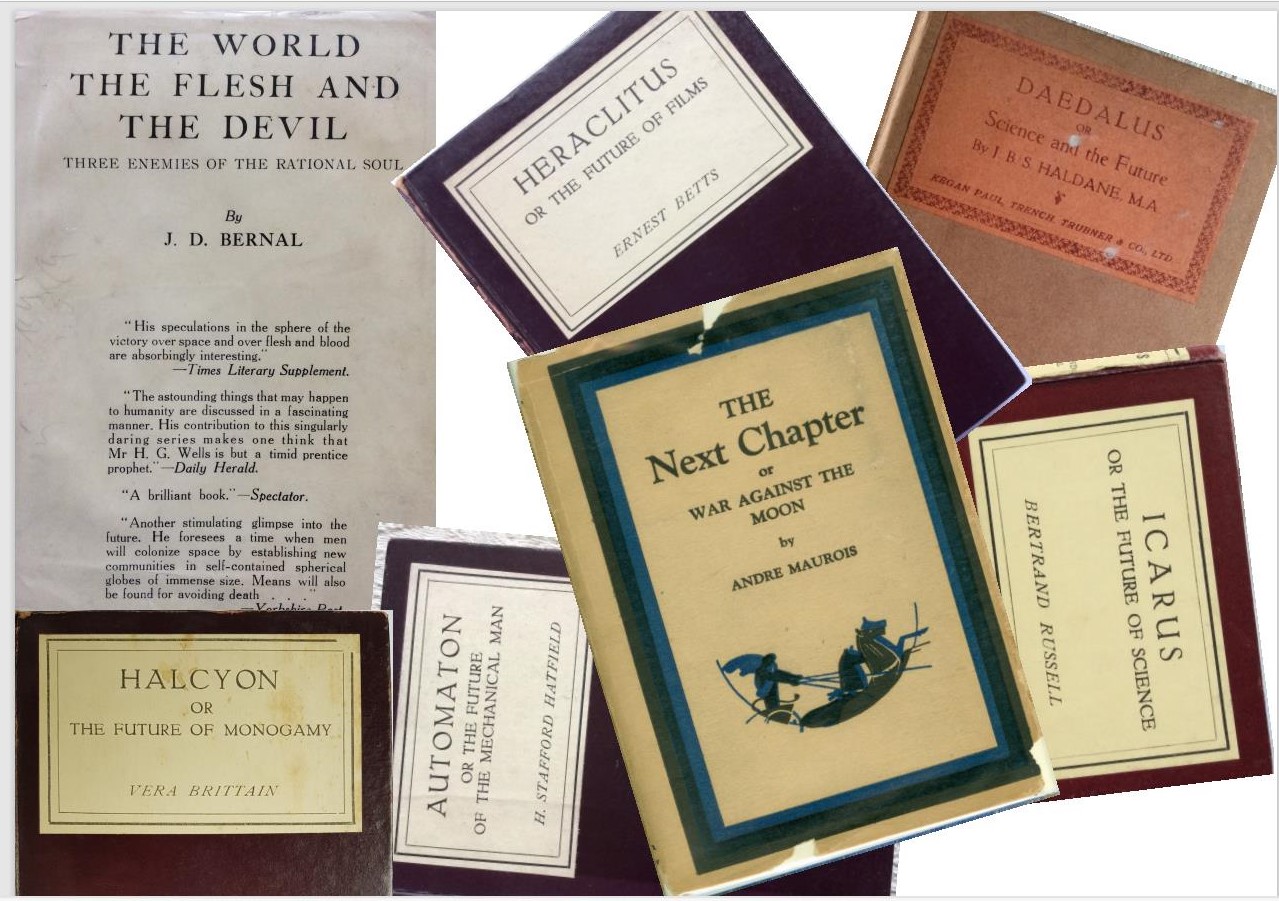Ectogenesis
A hundred years ago the geneticist J. B. S. Haldane wrote the book Daedalus; or, Science and the Future (1923), which launched the brilliant To-day and To-morrow series of short books speculating about the future.
Haldane not only imagined in vitro fertilisation, but also what he called ‘ectogenesis’ – babies outside the mother’s body, in artificial wombs. He imagines a student of the future writing an essay about the history of science:
‘As we know ectogenesis is now universal, and in this country less than 30 per cent of children are now born of woman. The effect on human psychology and social life of the separation of sexual love and reproduction which was begun in the 19th century and completed in the 20th is by no means wholly satisfactory. The old family life had certainly a good deal to commend it, and although nowadays we bring on lactation in women by injection of placentin as a routine, and thus conserve much of what was best in the former instinctive cycle, we must admit that in certain respects our great grandparents had the advantage of us.’
How do you imagine a world in which humans re-engineer their bodies and their life-processes?
